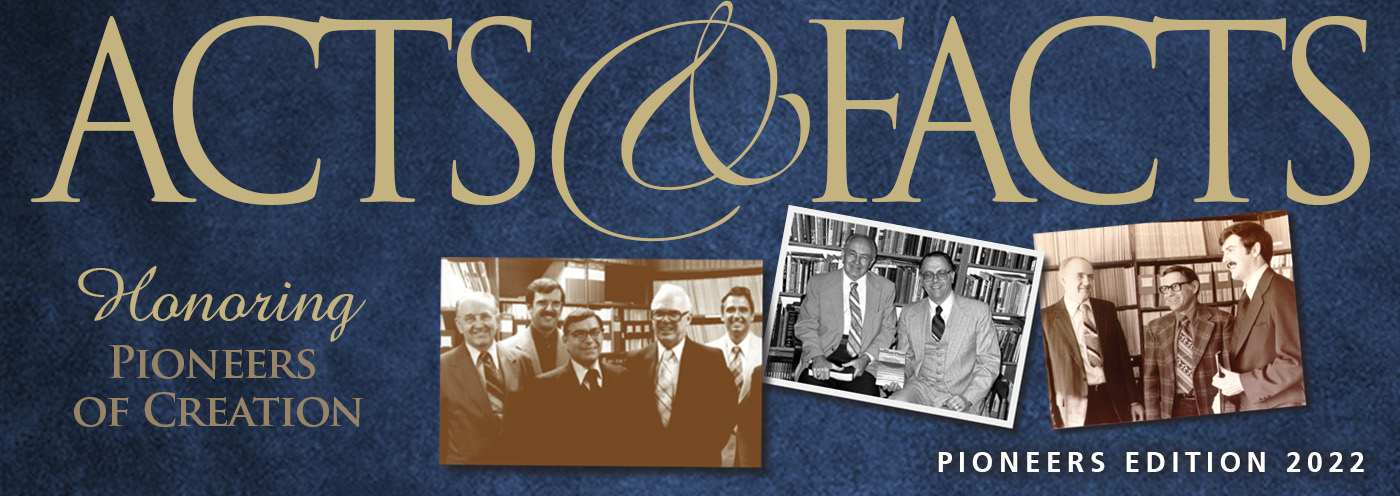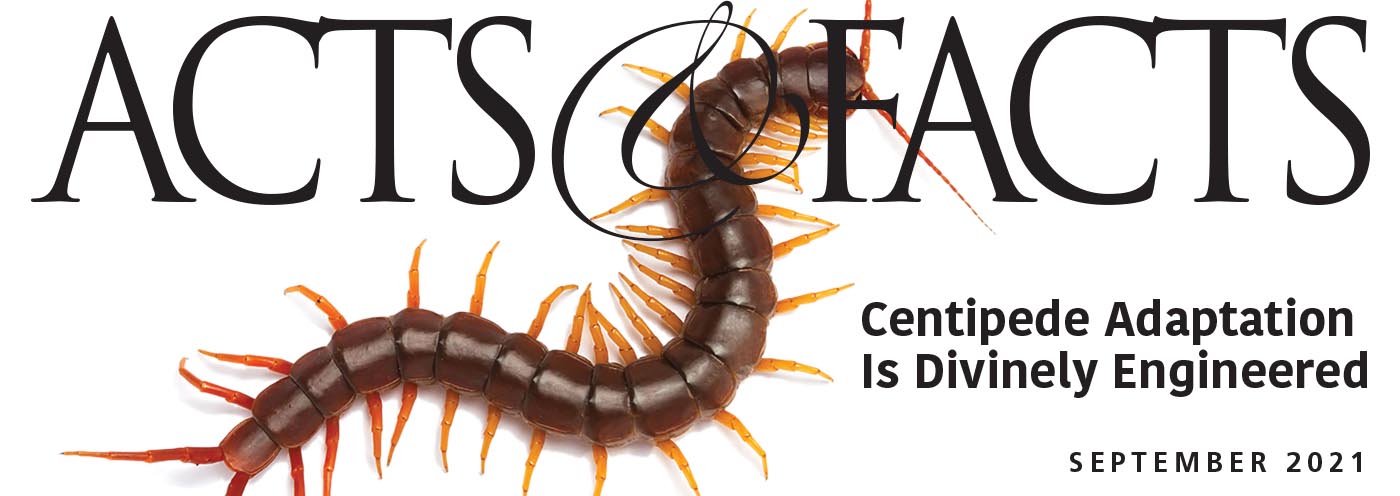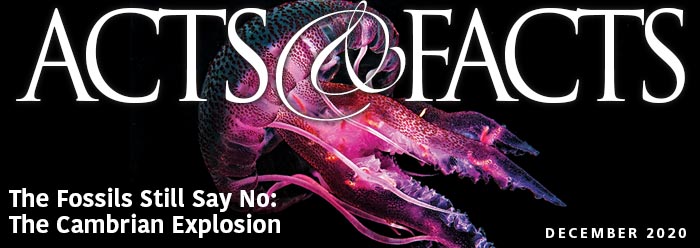A key type of rogue genetic data called orphan genes has just been spectacularly reported in honey bees.1 Orphan genes conflict with ideas about genome evolution, and they are directly linked with the evolutionary enigma of phenotypic novelty, unique traits specific to a single type of creature.
Many creatures possess similar sets of genes that produce proteins with similar biochemical functions. Common genetic code would be a predicted feature of purposefully engineered biological systems in creatures that share the same environment and have somewhat similar life requirements. In addition to these common genes, different kinds of organisms also have unique sets of coding sequences specific to that type of creature called orphan genes. In a review paper about orphan genes, the authors stated, "Comparative genome analyses indicate that every taxonomic group so far studied contains 10–20% of genes that lack recognizable homologs [similar counterparts] in other species."2
Orphan genes are increasingly found to be incredibly important for specific biological processes and traits that correspond with specialized adaptations related to the creature's lifestyle and its interaction with its environment—phenotypic novelty.1,3 The problem for the evolutionary model of animal origins is the fact that these novel DNA sequences, and the unique traits they are often associated with, appear suddenly and fully functional without any trace of evolutionary ancestry. In a previous ICR news article, it was shown how several recent studies in both fish and insect genomes have highlighted the important anti-evolutionary aspect of orphan genes.4 However, this new honey bee study is the best yet at showing how orphan genes are strongly connected to wide variety of novel adaptive traits.
Honey bees are an ideal system for understanding the role that orphan genes play in phenotypic novelty. While there are more than 20,000 characterized species of bees in the world, the majority are not social. Social bees live in large colonies where a queen lays the eggs and lots of specialized workers keep the community going. Specialized body organs that facilitate this type of complex societal system are the mandibular and Nanasov glands which make pheromones (airborne chemical messages) that allow elaborate communication among colony members. The specialized hypopharyngeal glands allow for the production of food for young developing bees. These unique glands are either missing or performing some other purpose in the solitary bee species.1 In addition, social bee stinger-gland chemistry is specialized for defense against vertebrates while in solitary bees it is targeted to battle invertebrates. Other highly specialized features associated with sociality are found in the honey bee antennae as well.
As it turns out, orphan genes unique to social honey bees (Apis mellifera) play an important role in all the different glands and organs mentioned above where gene expression was specifically measured and quantified in each structure. Even the brain and midgut were found to contain significant levels of orphan-gene expression—which makes sense in light of the honey bees' unique social behavior and diet. And not only are orphan genes uniquely expressed in specific organs, they were also found to play a major role in gene expression differences between forager and nurse workers. While bees initially grow and develop using the same genome, epigenetic changes (chemical tags in the chromosomes) allow them to diversify into two different specialized social roles in the colony.5
Not only do these orphan genes and amazing creature-specific traits challenge evolution, they also help creationists understand the patterns of genetic structure related to created kinds. While there are obvious differences between bees and other types of insects that clearly defy evolution on a grand scale, understanding orphan genes may prove to be a valuable tool in sorting out the created diversity among bee kinds and understanding patterns of design in genomes.
References
- Jasper, W. C. et al. 2015. Large-Scale Coding Sequence Change Underlies the Evolution of Post-developmental Novelty in Honey Bees. Molecular Biology and Evolution. 32 (2): 334-46.
- Khalturin, K., et al. 2009. More than just orphans: are taxonomically-restricted genes important in evolution? Trends in Genetics. 25 (9): 404–413.
- Tautz, D. and T. Domazet-Loso. 2011. The evolutionary origin of orphan genes. Nature Reviews: Genetics. 12 (10): 692–702.
- Tomkins, J. 2013. Newly Discovered 'Orphan Genes' Defy Evolution. Creation Science Update. Posted on icr.org on August 26, 2013, accessed February 1, 2015.
- Herb, B. R., et al. 2012. Reversible switching between epigenetic states in honeybee behavioral subcastes. Nature Neuroscience. 15 (10): 1371-1373.
*Dr. Tomkins is Research Associate at the Institute for Creation Research and received his Ph.D. in genetics from Clemson University.
Article posted on February 19, 2015.
















